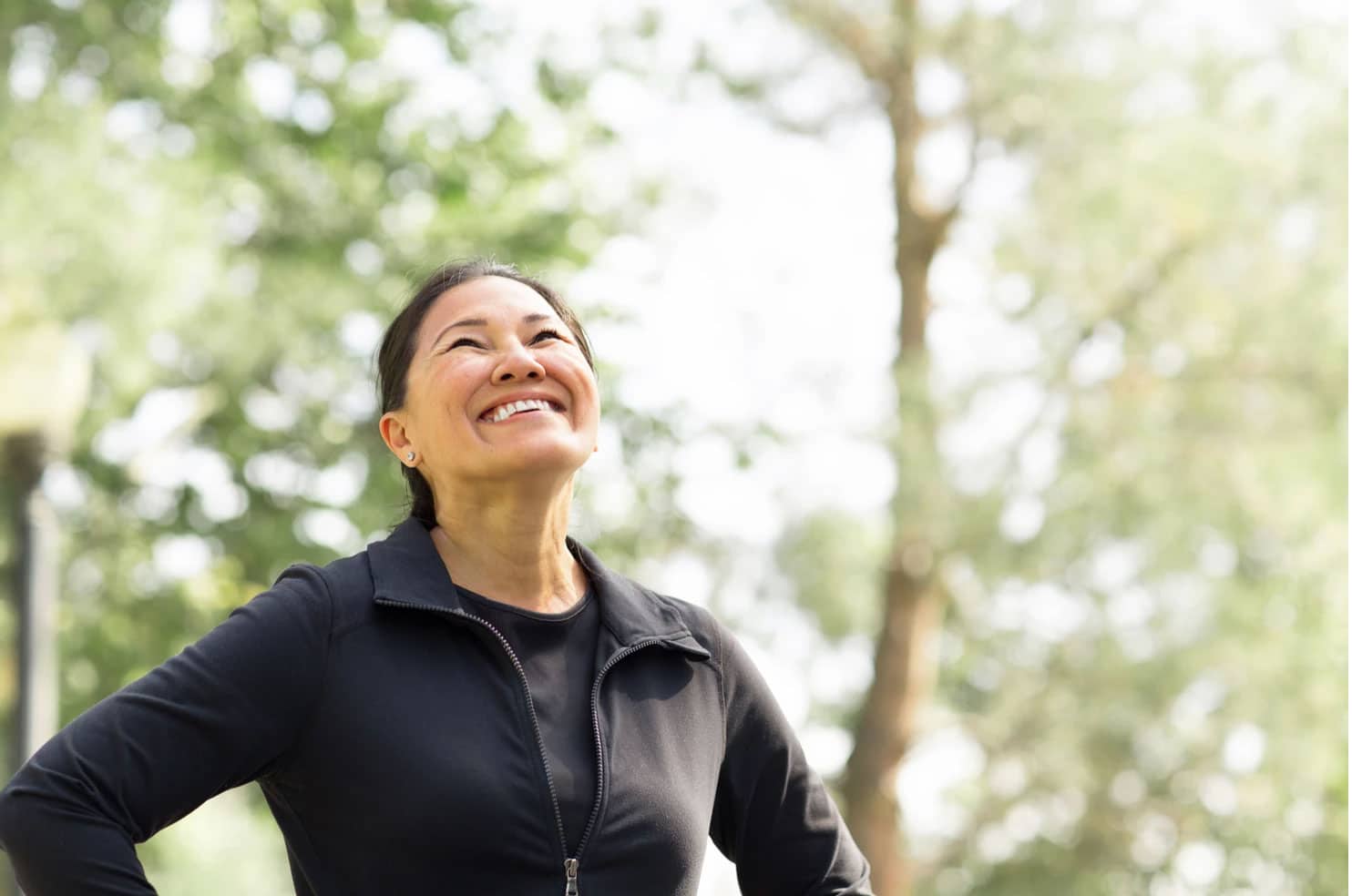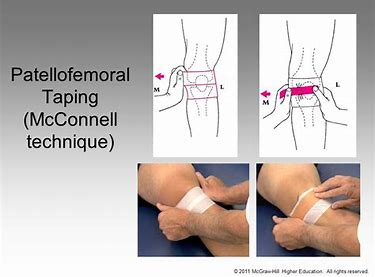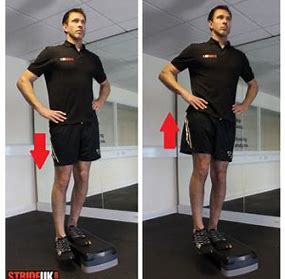
Breathing Mechanics and Physiology: Why Better Breathing Means Better Health
We breathe over 20,000 times a day, yet most of us don’t think twice about it. But if you struggle with chronic pain, fatigue, stress,

Chances are if you’re reading this blog, you’ve been experiencing some sort of nagging knee pain while running that is probably limiting how far you can run or train, but hopefully you can take comfort in knowing that you’re not alone!

Runners knee or Patellofemoral Pain Syndrome (PFPS) is one of the most common injuries in runners and accounts for a high percentage of injuries in not only runners, but the general population.
But fear not, I’ll be taking you through what Runner’s Knee is, what causes it and ways you can manage it and stop it from coming back again!
So here we go….
The ‘patello’ refers to the knee cap or patella and ‘femoral’ refers to the femur or thigh bone, and together they form the patellofemoral joint.
Normally the knee cap should track smoothly up and down the groove at the bottom of the thigh bone when you bend and straighten your knee and is responsible for transmitting the forces from the quadriceps muscle down to the shin bone or tibia.

It typically presents as pain in behind or around the kneecap and is aggravated by activities such as running (especially downhill), going down stairs, squatting or sitting for long periods of time. Generally there is minimal swelling, full movement in your knee and there may be a ‘grinding’ noise when you move your knee.
This is not to be confused with ITB pain which usually presents as pain on the outside of the knee or along the outside of the thigh.

In Runner’s Knee, the kneecap doesn’t track smoothly over the femur and can cause inflammation and pain in the tissues surrounding the patellofemoral joint.
There can be a number of factors that can lead to this wayward tracking of the kneecap along the femur:
Tight muscles around the knee
Weakness in the muscles around the knee and hip (quads/glutes)
Sudden increase in activity/training load
Issues with your running form/technique
Like with any inflammatory flare up, rest is the first port of call to allow the inflamed/injured tissues a chance to recover, but if that’s not possible then pacing or doing the things you have to get done in small but manageable amounts can be a good idea. If you’ve had an acute flare up, then ice and taking anti-inflammatories can also be useful to help manage the symptoms.
McConnell taping of the knee can also be used to help get the kneecap tracking better along the thigh bone and is a handy way of managing your symptoms especially if life is busy and you need to keep moving.

When muscles around the knee are tight, such as the quadriceps, hamstrings and calf muscles, it can contribute to Runner’s knee, so stretching these muscles can also help with symptom relief.
Hamstrings

Calf

Quadriceps

Much like in my last blog on ITB pain, weakness in the glute and quad muscles is also strongly linked in people who experience Runner’s Knee, so it is important to address these strength deficits with your rehab. Here are some suggestions for some good strengthening exercises to try:
Pelvic Drops

Single leg squats

Another key factor that may be causing your Runner’s knee pain is your running technique/form. The main factors that have been linked to Runner’s Knee are your:

Both landing on your heel on impact and overstriding when you run, can increase the amount of force that goes through your knee, which can in turn overload the patellofemoral joint.
Fortunately there’s a quick and easy way to fix both of these at the same time and that’s to have a look at your cadence.
Your cadence or your step rate is the number of steps you take in one minute and recent evidence shows that increasing your cadence can reduce the load put through the hips and knees and reduce risk of injuries such as Runner’s Knee.
First we have to measure it. I find the best and easiest way to track your cadence is using the Cadence Trainer app, but most smart watches can also track your cadence and if you want to keep it old school you can just count the steps you take in 30s and multiply it by 2 to get your cadence (just make sure to run at your normal pace).

Now most elite marathon runners have a cadence of around 180-190 steps a minute which is A LOT and not something I expect you to be achieving, but aiming for a cadence between 170-190 is a good goal to have.

Once you have a baseline measure of your cadence, aim to increase your cadence by 5% at a time, so if your cadence was 150 you can aim to increase it to 157-8 steps per minute. Once this cadence becomes comfortable you can look to increase the cadence again until you hit your goal which should ideally be around 170-190.
You’re maybe wondering why I’ve left such a big range to aim for and that’s because everyone has their own individual style, so it’s important to increase your cadence that to a mark that’s comfortable for you. So someone who has a baseline cadence at the lower range 140-150 might have a goal of getting to 170, whereas someone who starts off at 160-170 might aim for the 180-190 mark.
It’s also worth noting that cutting back your usual running routine or slowly introducing these changes is a good idea to allow your body time to adjust to these changes.

To make it easier to stick to your desired cadence when running, you can use apps like Cadence Trainer or a metronome app which play a loud beat to help you stick to your rhythm.
For all you people who like to enjoy music when you run, the Rock My Run app can be great to use as you can adjust the beats per minute on a song to match your cadence, which is pretty cool!
So there you have it, A Runner’s Guide to Runner’s Knee. Hopefully you all have a better understanding about what Runner’s Knee is and why it happens. We love helping our clients get more out of their exercise, if you’d like to get more specific and see the how an assessment can help your routine, speak to the team today.
#runners #running #kneepain #strengthening #stretching #glutes

We breathe over 20,000 times a day, yet most of us don’t think twice about it. But if you struggle with chronic pain, fatigue, stress,

From Melinda… For people who come to my classes and clients who have been seeing me for a while, may have heard some of the

Meet Susan Susan recently suffered a fall attempting to lift a 2.5kg bag of soil overhead in her garden shed when she felt her leg
Sign Up Below To Get Your Free RedoHealth Guide Now

By registering, you agree to receive SMS and email communications from RedoHealth. No spam guaranteed. Unsubscribe at anytime.